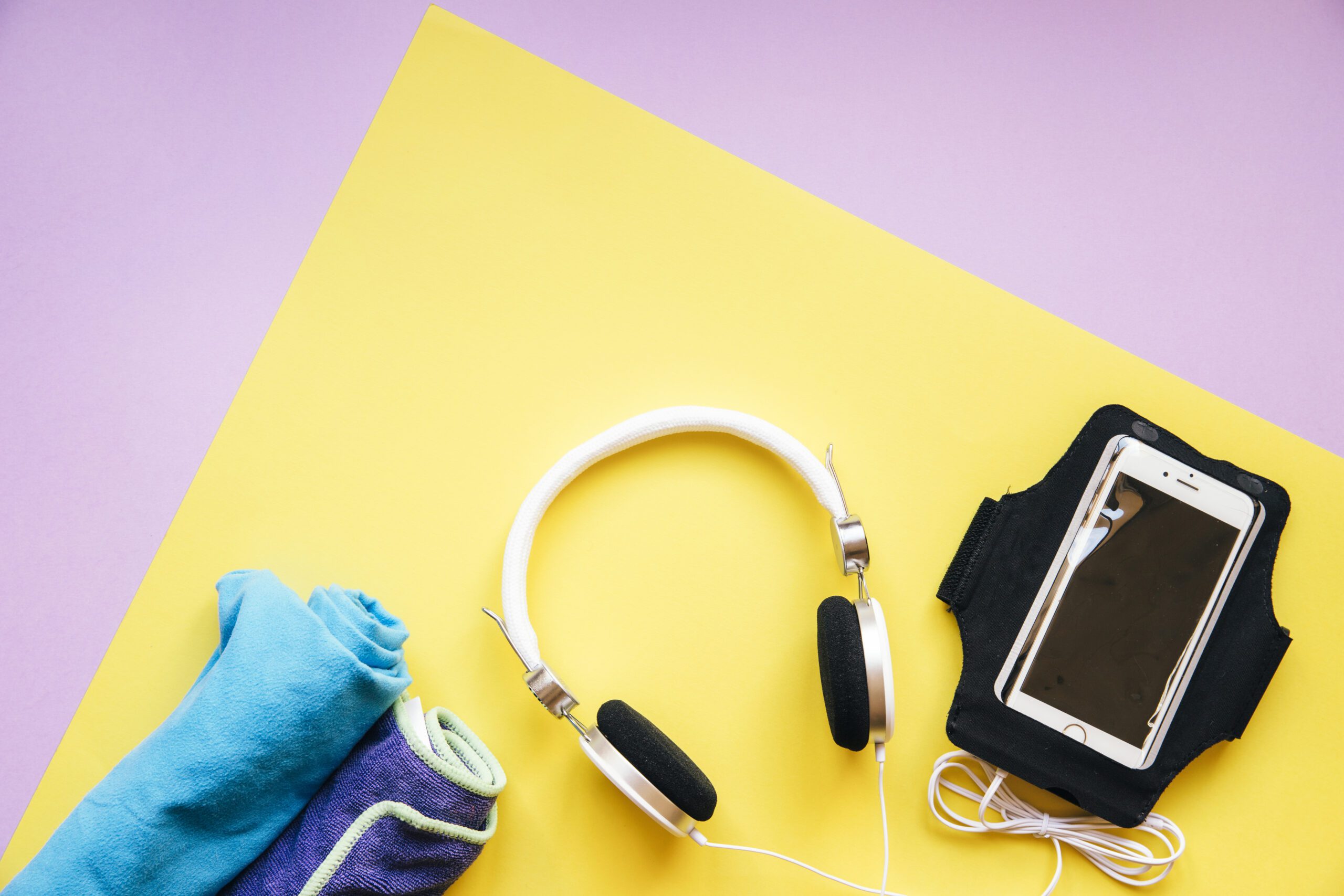Watch out for common back-to-school infections

After a significant time away from school, most kids are often excited to go back to school. However, the schools opening also comes with back-to-school infections also known as back-to-school plague.
Back-to-school plague refers to the many infections that school-going children get when schools re-open. On average, we are believed to breathe in about five million viruses a day. Schools increase these numbers exponentially because of the student population.
These infections are easily spread and so schools are the perfect breeding ground. Since a child’s immunity system isn’t as developed as that of an adult, they easily catch infections. It is also more likely for a child to do unsanitary things like eating with unwashed hands when they are in school.
Some of the most common infections during this period include:
Pinkeye
If one has this condition, the whites of their eyes are often reddened due to inflammation. The eyes also become very itchy and irritable and can sometimes produce green or yellow discharge. Pinkeye, also referred to as conjunctivitis, is very contagious. To remedy this condition, use antibiotic eye drops or ointments. The medication speeds up the recovery period.
Preventing pinkeye doesn’t require any special procedure. Ensuring the child avoids touching their eyes is, however, very important. Also replace any products used around the eyes, for instance, contact lenses to avoid re-infection.
Stomach flu
Also known as viral gastroenteritis, this is an intestinal infection. If one has it, they are likely to experience diarrhoea, abdominal pain and nausea. This is usually acquired by consuming contaminated food or water. It could also be acquired by direct contact with an infected party. There is no clear protocol for curing the condition so strive for prevention. This means being keen in terms of the food and water your child consumes, which can sometimes be hard when they are away in school. Also ensure they properly wash their hands when they come back home and remind them to do so at school.
Strep throat
Strep throat is a bacterial infection that causes inflammation and pain in the throat. Although strep throat can be contracted throughout the year, its prevalence increases as children go back to school. Symptoms of strep throat often include sore throat, high fever, headache, swollen lymph nodes in the neck and chills. Strep throat is easily spread from child to child. All it takes is a cough from an infected child for them to infect some or all of their classmates
Colds
Referred by many as common cold, this is what is most likely to plague children as they resume school. Symptoms of the common cold include sore throat, coughing and a runny nose. There’s no vaccine for common cold but you can take some steps to avoid easy contraction. Some of these include:
Disinfecting items and countertops in the house such as kitchen utensils and countertops.Taking over-the-counter pain relieversDrinking plenty of fluids and having adequate amount of rest
Influenza (Flu)
The flu is pretty similar to a cold, only it is more serious. It can cause extreme fever, body aches, chills and sometimes vomiting and diarrhoea. The best way to ensure your child doesn’t get affected by this is immunisation. Flu shots can be gotten at any hospital and have little to no side effects.
These are just a handful of the infections your child could face. It is therefore much safer to develop hygienic habits to give them a better chance against infections. These include:
Ensuring your kids don’t share personal items such as toothbrushes and spoons with other children.Teach them proper hand washing techniques. They should also learn appropriate times to clean their hands. For example, after using the toilet, before eating and after touching door knobs or rails. This is because some viruses last for hours on surfaces. This is therefore the safest way to get rid of them.Using a handkerchief whenever they sneeze or blow their nose.
This article was first published in the January 2020 issue of Parents.
READ OUR LATEST ISSUE HERE:




